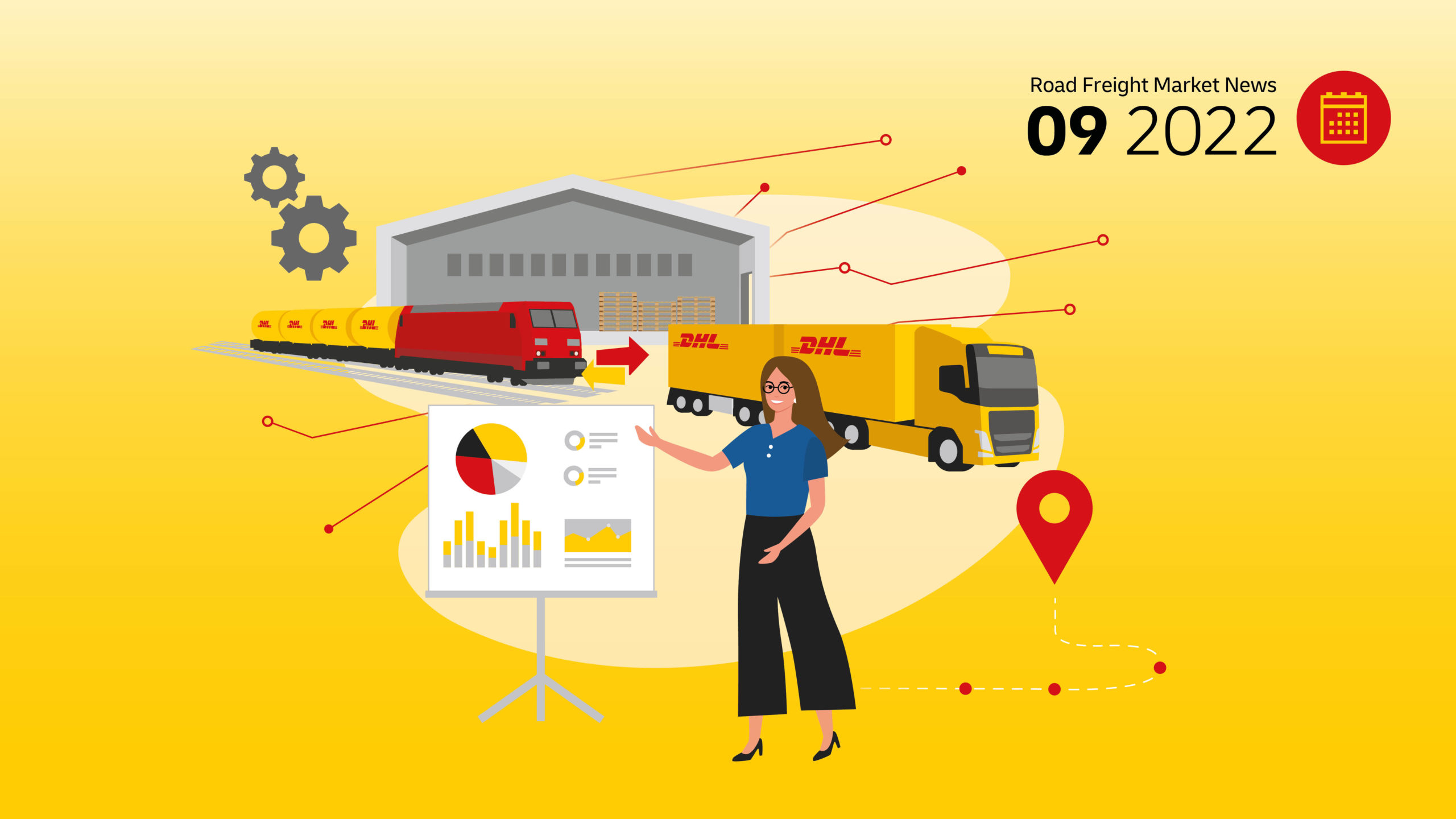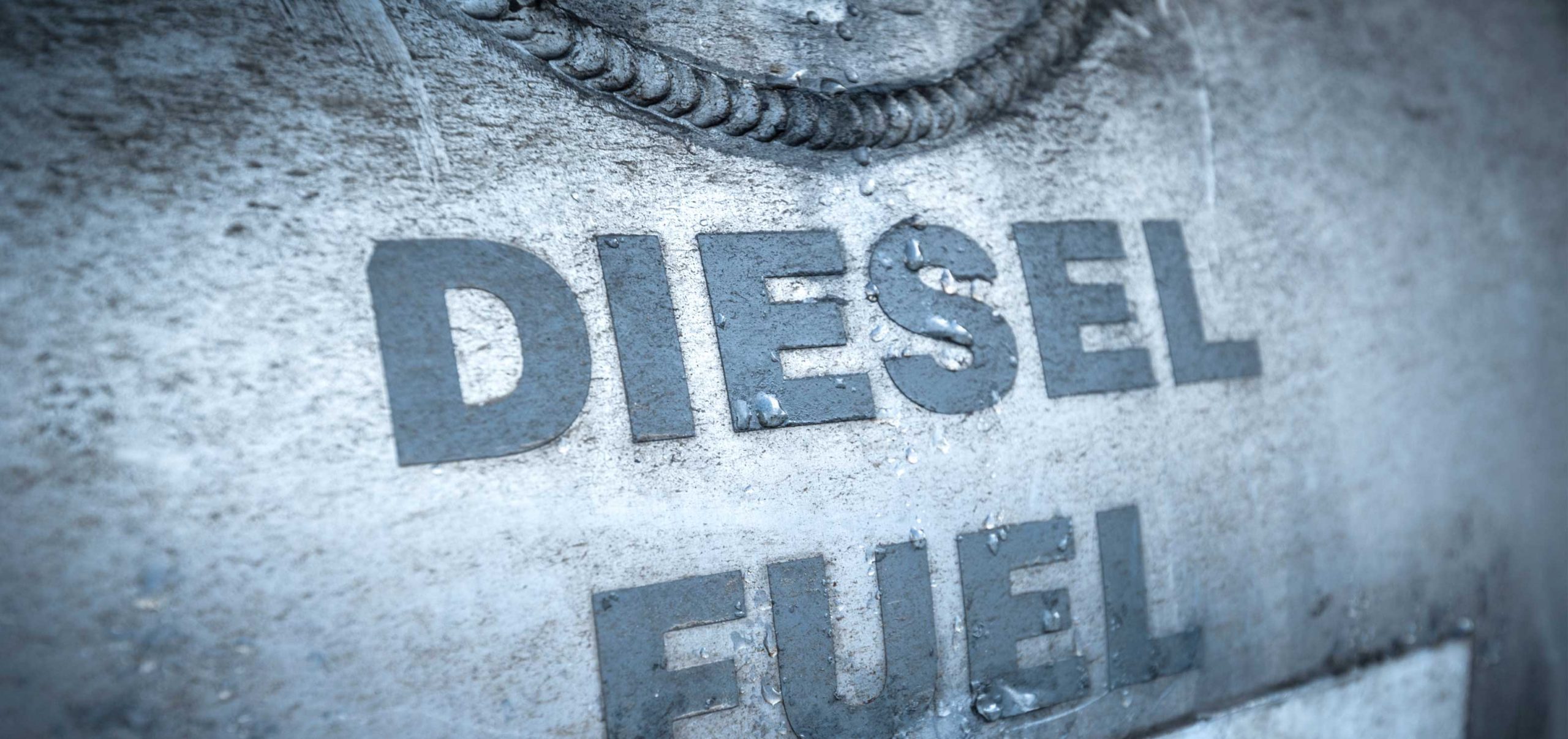
<!--[CDATA[
The United States are going under in traffic jams, as roads and bridges are increasingly falling into disrepair. But that should now change thanks to the FAST Act. Motorists in the US State of Rhode Island have to pay twice – not only taxes and insurance, but also 476 dollars every year for repairs that are caused by the poor state of local roads. Gina Raimondo, Governor of the New England state, had that average calculated. Potholes, broken bridges, crumbling roadways – the public road network is in a miserable state. 411 out of 757 overpasses have serious structural problems. And the smallest US State is merely the tip of the iceberg – America's infrastructure is rapidly falling apart.
Falling concrete
Alone the number of bridges that are in a state of disrepair is breath-taking. According to research by CNN, roughly 60,000 are in serious need of repair. The American federal lawmakers have a prominent example right in front of their noses: The Arlington Memorial Bridge, a mere five kilometers away from the Capitol in Washington, D.C., may have to be closed for traffic in five years. Chunks of concrete are already falling into the river now, and the supports are from the year 1932 and need to be completely renewed. There’s no telling what will happen if 68,000 vehicles every day have to switch to other routes to get into the notoriously congested capital city. The competent National Park Administration estimates the renovation costs for this structure alone to be roughly $ 250 million.
A question of money
The transport infrastructure in the United States generally suffers from chronic under-funding, coupled with a difficult tangle of local, state and federal responsibilities. President Herbert Hoover introduced the gasoline tax in 1932 as a means of financing, and it is used to this today exclusively for road maintenance and construction. However, the last increase of this tax was in the year 1993. Since then, the amount has been unchanged at 18.4 cents per gallon. For the former Transport Minister Ray LaHood that is far too little. “Our infrastructure looks like that of a third-world country. There is a simple way of fixing it, namely to raise gasoline tax!“
A trillion dollars
However, for congressman Bill Shuster that can by no means be the final solution, as “even an increase in tax will not solve the long-term financing issue“. Dilapidated bridges alone will cost about $ 76 billion to renovate, estimates the professional association of American civil engineers. And that doesn’t include building a single new road or relieving a single important traffic hub. This has far-reaching consequences, as America is already in the midst of a serious traffic jam now. The engineers have also calculated the cost for that: American companies will lose about $ 1 trillion within the next eight years through traffic jams, detours and other traffic obstructions alone.
New financing law
However, there is a ray of hope on the horizon. Last year, Congress passed the so-called FAST Act (Fixing America's Surface Transportation Act), a five-year, $ 305 billion investment program for road construction, security, and public transport. Since then the responsible Federal Highway Administration has begun to ascertain the most urgent projects, and to draw up guidelines for the respective funding. The U.S. Chamber of Commerce has explicitly welcomed the measures taken so far and the law itself. “The law provides long-term financing and planning security for important road construction projects“, explains Bruce Josten, Executive Vice President Government Affairs, in a letter to members of Congress. But: “In the long run this measure is not sufficient in order to deal with all important projects. Congress must consider how it can raise the funding required for modern road infrastructure in the long term. And this also includes a possible increase of gasoline tax“. Maybe America needs a “new deal” for its road network. That would be fitting as many of today’s ramshackle structures date from the period of the New Deal by Franklin D. Roosevelt, which enabled the United States to escape the great depression in large part also due to infrastructure measures.



